The causes of age conflicts usually boil down to a lack of mutual understanding and mutual fostering tolerance. And the tension can arise both at the stage of adaptation, if the team did not immediately accept the new employee, and at the stage of development of relations.
A personal conflict is always more difficult to resolve than a professional one. Professional level can always be improved if the person fits into the team or if his potential is high enough. But disagreements that arise on the basis of age are very difficult to buy into, because years are an objective factor and cannot be changed or dismissed.
People of different generations have different ways of doing things, different motivations, and even different attitudes toward the same processes.
The main difference between a young and "aged" employee is the speed of work. The second is the perception peculiarities. People of different ages do not react equally to information, to treatment, they look at many things with different eyes.
Does this mean that conflicts cannot be avoided? Indeed, it is impossible to do it completely. However, in our opinion, they can be predicted and, with some prevention, reduced to a minimum.
During the interview with a potential employee it is worthwhile to conduct a psychological diagnostics. This will help to determine whether certain qualities of the applicant's character provoke tense moments in relations with older or junior coworkers.
Nevertheless, even a preliminary assessment cannot be a guarantee that disagreements will not arise in day-to-day work. If the problem still could not be prevented, it will have to be solved in person. After all, no two fights are the same. However, there are relatively standard situations in which the risk of conflict is maximum. We will talk about them below.
Under wise leadership
The reason for a spat between a young employee and an older manager may be the refusal of the "adolescent" to accept the rules of conduct, regulated by the head. For example, disagreement with the need to comply with the dress code.
There are also more serious discrepancies. For example, a young employee is not always satisfied with the conservatism of the professional activity of his experienced colleague. A yesterday's student, familiar with the most current technologies and methods of work, often feels that his boss is "behind the times" and operates with outdated concepts, as well as irrational use of modern market opportunities. Sometimes this is reinforced by a manager's real reluctance to change anything, to master innovations. There is a classic generation gap: the older generation feels that the younger generation is undisciplined and makes hasty decisions, and the younger generation accuses the older generation of being stagnant and despotic.
Playing by the new rules
Recently, a whole layer of young top managers has appeared in business, the average age of whom ranges from 30 to 35 years old. Among middle managers, there are many even younger specialists. And if they have mature employees under their command, the risk of conflict is very high.
"Side by side."
In general, a situation where young and old employees work together is good for business. After all, an experienced professional can teach a young one. However, some nuances can provoke a conflict. Psychological attitudes are important. Does the young person know how to respect their elders? Is the more experienced employee contactable or withdrawn? Is he able to tolerate the desire of young people to achieve success immediately, without deep immersion in the subtleties of the profession?
"Calm, only calm!"
The greatest risk of conflict tends to be in those teams where a new employee comes on board. Therefore, in order to avoid friction, a more careful approach to the adaptation of newcomers, both young and mature. Despite the fact that the basics of behavior, character accents, and professional potential are revealed in the first month, the process of getting used to the new environment itself takes much longer. If a new employee stands out from the crowd of workers because of his age peculiarities, he needs additional attention from HR-specialist. In addition, it is necessary to involve both the newcomer's coworkers and his management in the adaptation process.

